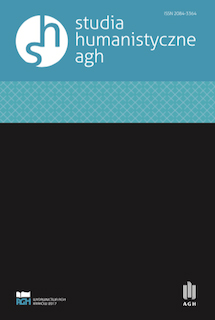THE FIRST ACADEMIC DISCOURSE ABOUT DWARFISM IN THE EIGHTEENTH CENTURY ON THE EXAMPLE OF THE DWARF OF LUNÉVILLE
THE FIRST ACADEMIC DISCOURSE ABOUT DWARFISM IN THE EIGHTEENTH CENTURY ON THE EXAMPLE OF THE DWARF OF LUNÉVILLE
Author(s): Małgorzata DurbasSubject(s): Sociology
Published by: Wydawnictwa AGH
Keywords: dwarf;Bébé; Nicolas Ferry Lunéville; science; research;
Summary/Abstract: In the conventional wisdom of the Enlightenment the topic of dwarfism as a medical disorder was not present. Dwarfs were sought after for and highly valued at European aristocratic and royal courts, but they stayed at the margins of social life because of their body build. The aim of this article is to discuss the first academic research connected with dwarfism on the example of King Stanislaw Leszczynki’s dwarf in Lunéville. Nicolas Ferry, known as Bébé, like other dwarfs during the trend of that time was a mascot of courtiers, up to his death at the age of 23 by the King’s side in the palace. The King, upset by the death of his prematurely aged pupil Bébé, ordered his doctors to examine the corpse. Part of the research material was sent to Paris to the Cabinet of Natural History (Cabinet d’Histoire Naturelle du Roi) of Count de Buffon, who started an examination. The case of the dwarf Bébé was described in the series Histoire naturelle... of 12 volumes in the section onquadrupeds. From the point of view of cultural controversies about dwarfism – nowadays treated as a disease in the medical model of disability – the case is an important question because it shows the beginning of the process of departing from the beliefs of the eighteenth century towards the first anatomical academic research.
Journal: Studia Humanistyczne AGH
- Issue Year: 18/2019
- Issue No: 2
- Page Range: 23-33
- Page Count: 11
- Language: English

